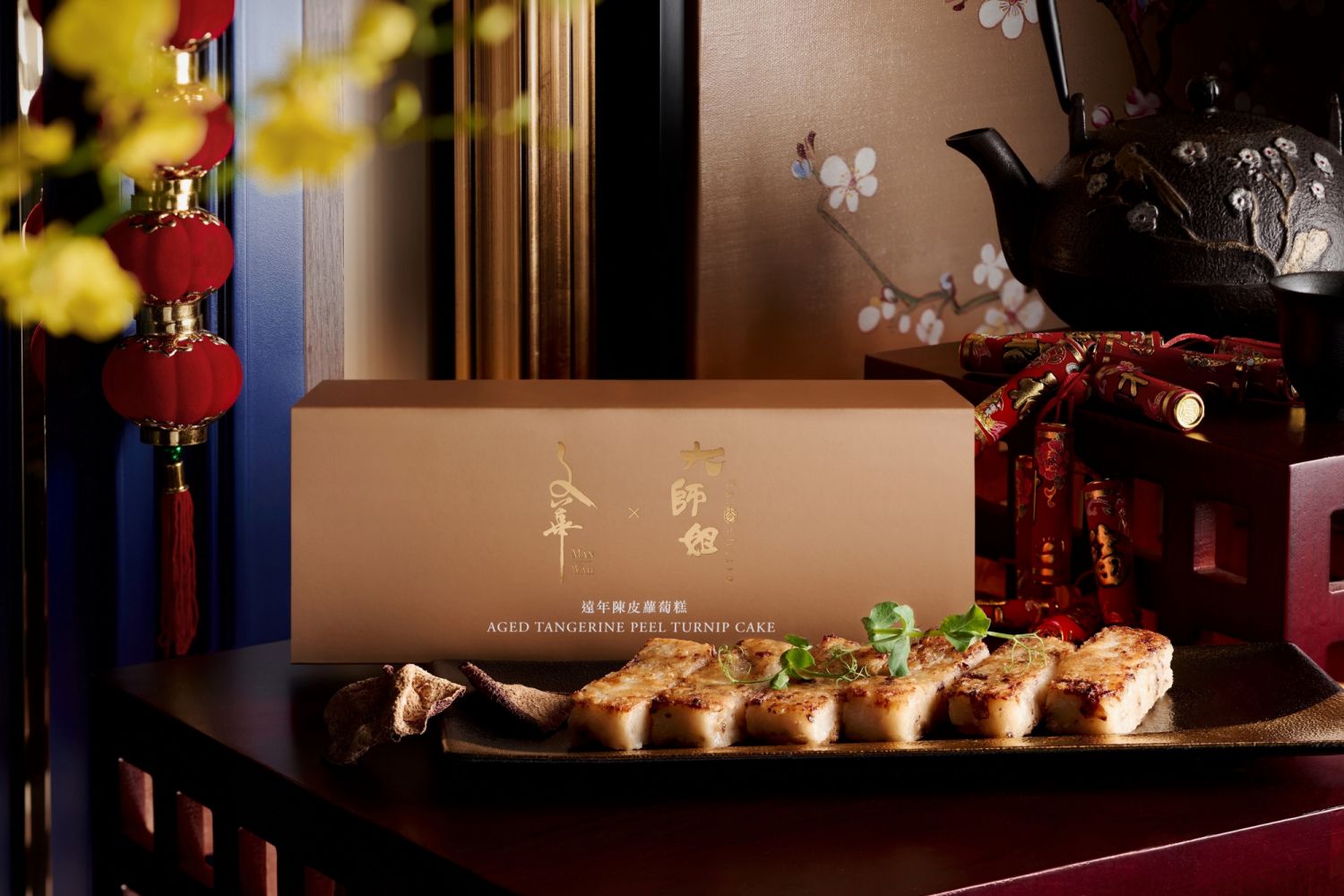Also known as radish cake, this Chinese New Year staple looks simple but is prone to error in the hands of the unpracticed. We speak to leading Hong Kong chefs for their insider tips
The platonic ideal of a turnip cake, that Chinese New Year staple, is not easy to achieve. While some prefer the simplicity of a steamed cake, I’d hazard that most prefer the extra levels of enjoyment when it’s pan-fried for a crisp outer layer to contrast with the softness and tenderness of the interior. The fragrance, flavour and texture of the turnip here is key, dancing with other ingredients such as Chinese sausage that lend crucial pops of umami. From selecting the right ingredients to getting your pan-frying on point, these Hong Kong chefs are sharing their knowledge for you to get your lor bak go to the next level.
For a basic turnip cake recipe to base these tips off of, Kristina Cho shares hers in her cookbook, Mooncakes and Milk Bread. And if you prefer to leave it to the experts and buy a ready-made cake to cook at home, we’re not judging—we also have a list of Hong Kong’s best radish cakes and new year puddings to order this year.
Theresa Yiu, aka Dashijie


As the first apprentice of the late Pearl Kong Chen, Yiu is one of the most highly respected cooks in Hong Kong with a serious and detail oriented approach to food. Under her successful Dashijie brand, Yiu continues to stay true to her principles of using quality ingredients and never taking shortcuts; this year, she partnered with her own apprentice, chef Wong Wing-Keung of Man Wah at Mandarin Oriental Hong Kong, to create a new turnip cake product infused with aged mandarin peel.
Know your radishes
This is the 13th year that Yiu has been producing her own brand of new year cakes. "I normally use radish from China, but I’ve also used Japanese daikon since our second year of business. For either Chinese or Japanese radish, I always prefer the larger and heavier ones, which means the radishes are fresher and juicier," she says.
The difference between Chinese radish and Japanese daikon is that Chinese ones have a stronger radish taste whereas Japanese daikon is more juicy, a little bit sweeter but with arguably less flavour, she continues. "In Hong Kong, apart from the dominating mainland radish, you’ll also find Korean radish—but it’s not a significant player. Taiwanese radishes are also extremely good, but not price competitive and thus they are not readily available in Hong Kong. Personally, I prefer radish from mainland China, which is why 80 per cent of our radish cakes are using mainland Chinese radish, the rest being Japanese daikon."
An important step is to do an initial steaming of radish strips, to get the juice to mix with the flour.
How to eat
"If I make radish cake at home, the best taste is when the radish cake is just cooked and is still steaming hot. I normally eat the cake together with some fried white sesame and a bit of scallion, like in Cantonese dim sum," says Yiu. "The most common way is to eat by first frying the both sides of the radish cake in medium fire until the surface is a bit caramelised. When frying, do not keep turning the cake slices or they will be broken and will not look good."




